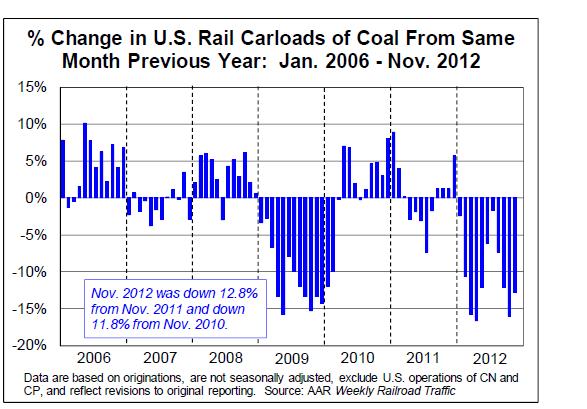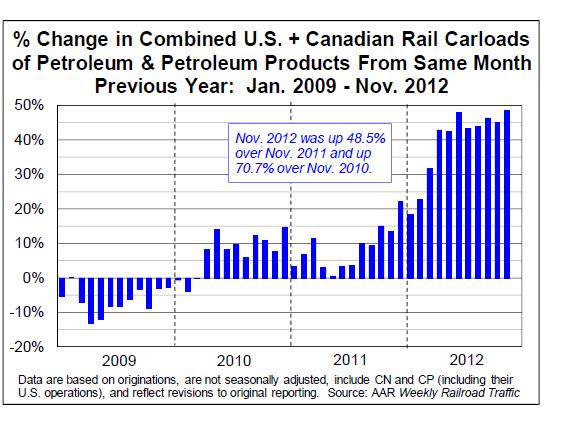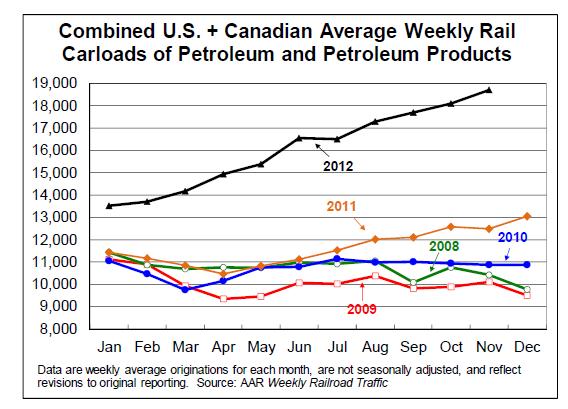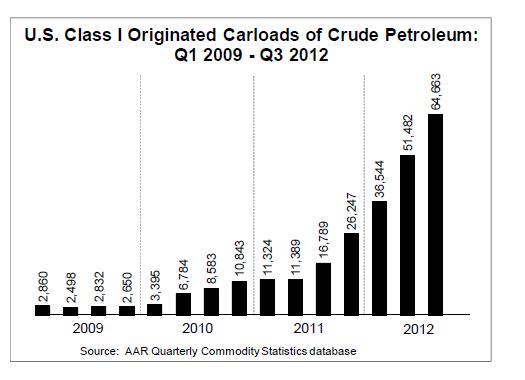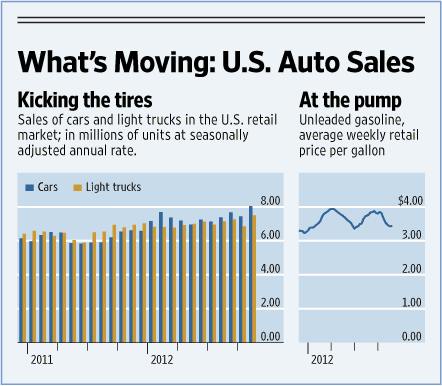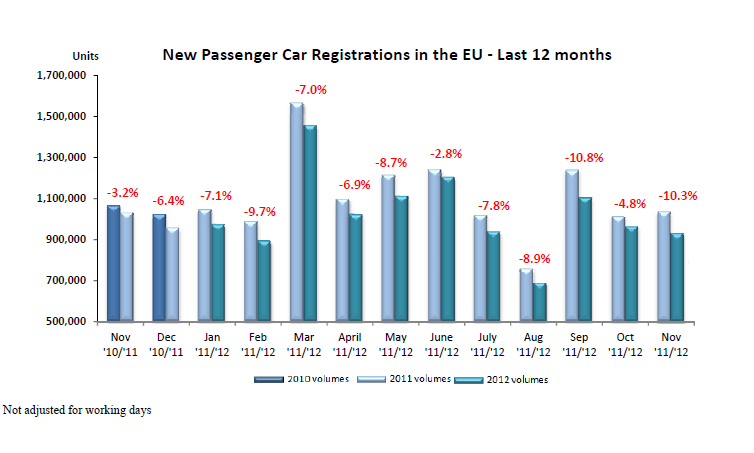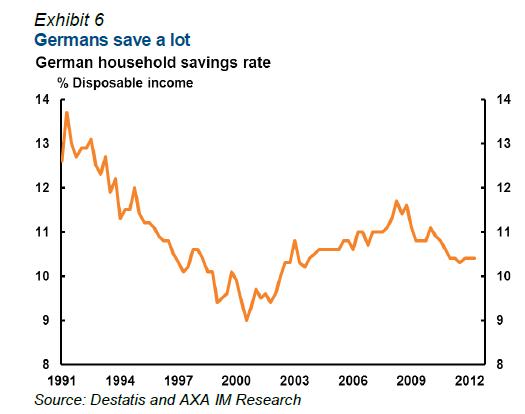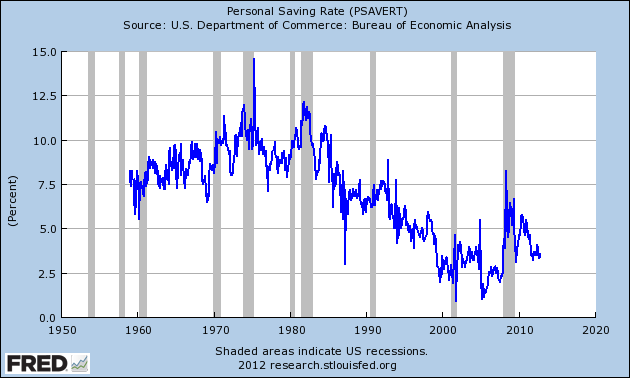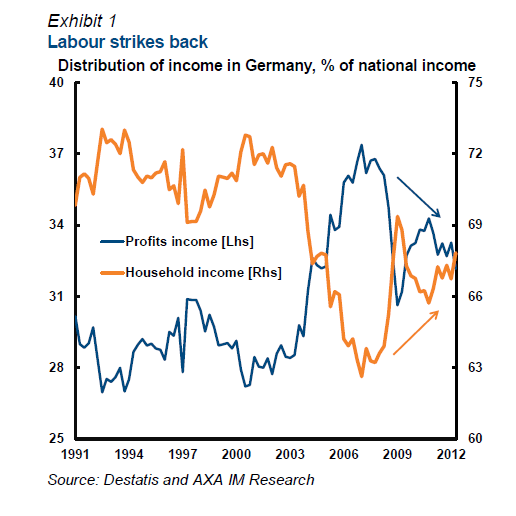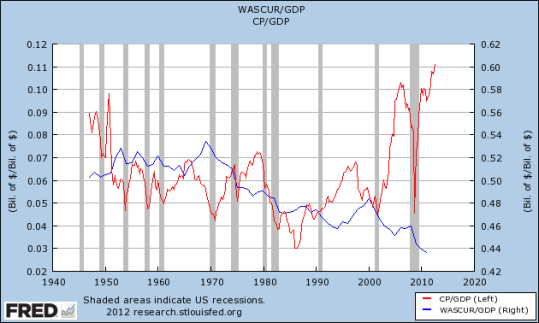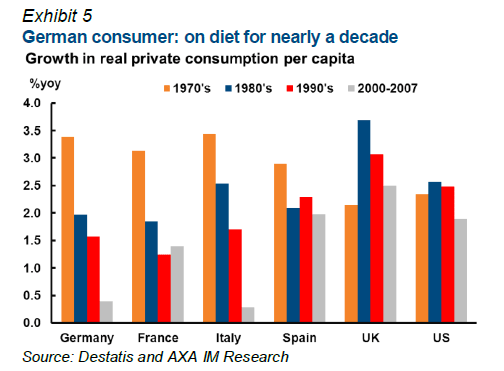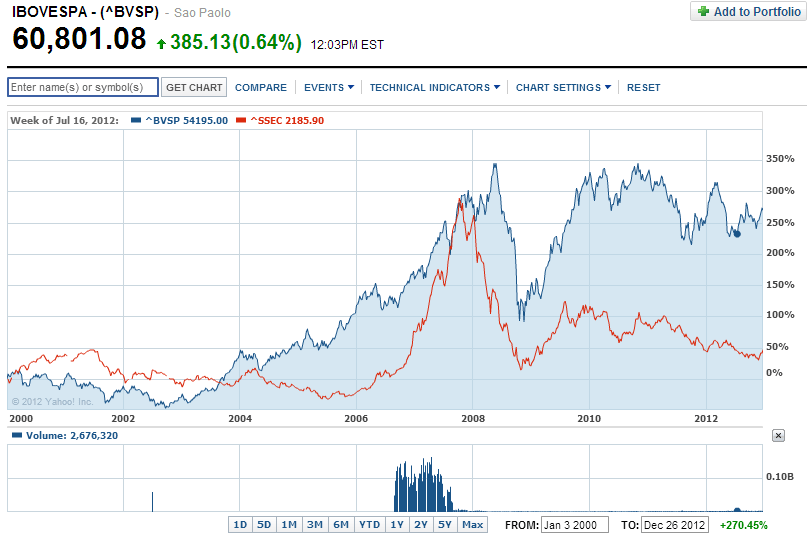France instituted a Financial Transaction Tax on some French stocks earlier this year. The companies falling under this new regulation are based on the following condition:
Listed on a French or foreign regulated market.
Issued by a company whose headquartered in France and whose capitalisation exceeds one billion euro on 1 December, 2011.
The list of French ADRs trading on the US markets impacted by this tax are listed below:
| S.No. | ADR | Ticker |
|---|---|---|
| 1 | ACCOR SA-UNSPON ADR | ACRFY |
| 2 | AIR FRANCE-KLM-ADR | AFLYY |
| 3 | AIR LIQUIDE-UNSPONSORED ADR | AIQUY |
| 4 | ALCATEL-LUCENT-SPONSORED ADR | ALU |
| 5 | ALCATEL-LUCENT-SPONSORED ADR | CGEA |
| 6 | ALCATEL-LUCENT-SPONSORED ADR | ALUN |
| 7 | ALSTOM SA-UNSPON ADR | ALSMY |
| 8 | AREVA CIP-UNSPONSORED ADR | ARVCY |
| 9 | ARKEMA-SPONSORED ADR | ARKAY |
| 10 | AXA -SPONS ADR | AXAHY |
| 11 | BNP PARIBAS-ADR | BNPQYN |
| 12 | BNP PARIBAS-ADR | BNPQY |
| 13 | BOUYGUES-UNSPONSORED ADR | BOUYY |
| 14 | CAPGEMINI SA - UNSPONSOR ADR | CGEMY |
| 15 | CARREFOUR SA-SP ADR | CRRFY |
| 16 | CASINO GUICHARD P - SPON ADR | CGUSY |
| 17 | CHRISTIAN DIOR SA-UNSPON ADR | CHDRY |
| 18 | CIE GEN GEOPHYSIQUE-SP ADR | CGV |
| 19 | CNP ASSURANCES-UNSPON ADR | CNPAY |
| 20 | CREDIT AGRICOLE SA-UNSP ADR | CRARY |
| 21 | DANONE-SPONS ADR | DANOY |
| 22 | DASSAULT SYSTEMES SA-ADR | DASTY |
| 23 | EDF-UNSPON ADR | ECIFY |
| 24 | EIFFAGE-UNSPON ADR | EFGSY |
| 25 | ERAMET-UNSPONSORED ADR | ERMAY |
| 26 | ESSILOR INTL-UNSPON ADR | ESLOY |
| 27 | EUTELSAT COMMUNICAT-UNSP ADR | EUTLY |
| 28 | FRANCE TELECOM SA-SPONS ADR | FTE |
| 29 | FRANCE TELECOM SA-SPONS ADR | FTEN |
| 30 | GDF SUEZ-SPON ADR | GDFZY |
| 31 | HERMES INTL-UNSPONSORED ADR | HESAY |
| 32 | INGENICO-UNSP ADR | INGIY |
| 33 | IPSEN SA-SPONSORED ADR | IPSEY |
| 34 | LAFARGE S.A.-SPONSORED ADR | LFRGY |
| 35 | LOREAL-UNSPONSORED ADR | LRLCYN |
| 36 | LOREAL-UNSPONSORED ADR | LRLCY |
| 37 | LVMH MOET HENNESSY-UNSP ADR | LVMUY |
| 38 | MICHELIN (CGDE)-UNSPON ADR | MGDDY |
| 39 | NEOPOST SA-UNSPONSORED ADR | NPACY |
| 40 | PERNOD-RICARD SA-UNSPON ADR | PDRDY |
| 41 | PEUGEOT SA-SPONSORED ADR | PEUGY |
| 42 | PPR-UNSPONSORED ADR | PPRUY |
| 43 | PUBLICIS GROUPE-ADR | PUBGY |
| 44 | SAFRAN SA-UNSPON ADR | SAFRY |
| 45 | SANOFI-ADR | SNY |
| 46 | SCHNEIDER ELECT SA-UNSP ADR | SBGSY |
| 47 | SCOR-SPONSORED ADR | SCRYY |
| 48 | SOCIETE GENERALE-SPONS ADR | SCGLYN |
| 49 | SOCIETE GENERALE-SPONS ADR | SCGLY |
| 50 | SODEXO-SPONSORED ADR | SDXAY |
| 51 | SUEZ ENVIRONNEMEN-UNSPON ADR | SZEVY |
| 52 | TECHNIP SA-ADR | TKPPY |
| 53 | TOTAL SA-SPON ADR | TOT |
| 54 | TOTAL SA-SPON ADR | TOTN |
| 55 | UNIBAIL-RODAMCO SE-UNSP ADR | UNRDY |
| 56 | VALEO SA-SPON ADR | VLEEY |
| 57 | VALLOUREC SA-SPN ADR | VLOWY |
| 58 | VEOLIA ENVIRONNEMENT-ADR | VE |
| 59 | VINCI S.A.-UNSPONS ADR | VCISY |
| 60 | VIVENDI SA-UNSPON ADR | VIVHY |
| 61 | ZODIAC AEROSPACE-UNSPON ADR | ZODFY |
The list French Sponsored and Unsponsored ADRs by Citibank can be found here.
The full list of French stocks including the ones trading on the Paris exchange impacted by this tax can be found here.
Related:
Data Sources:
